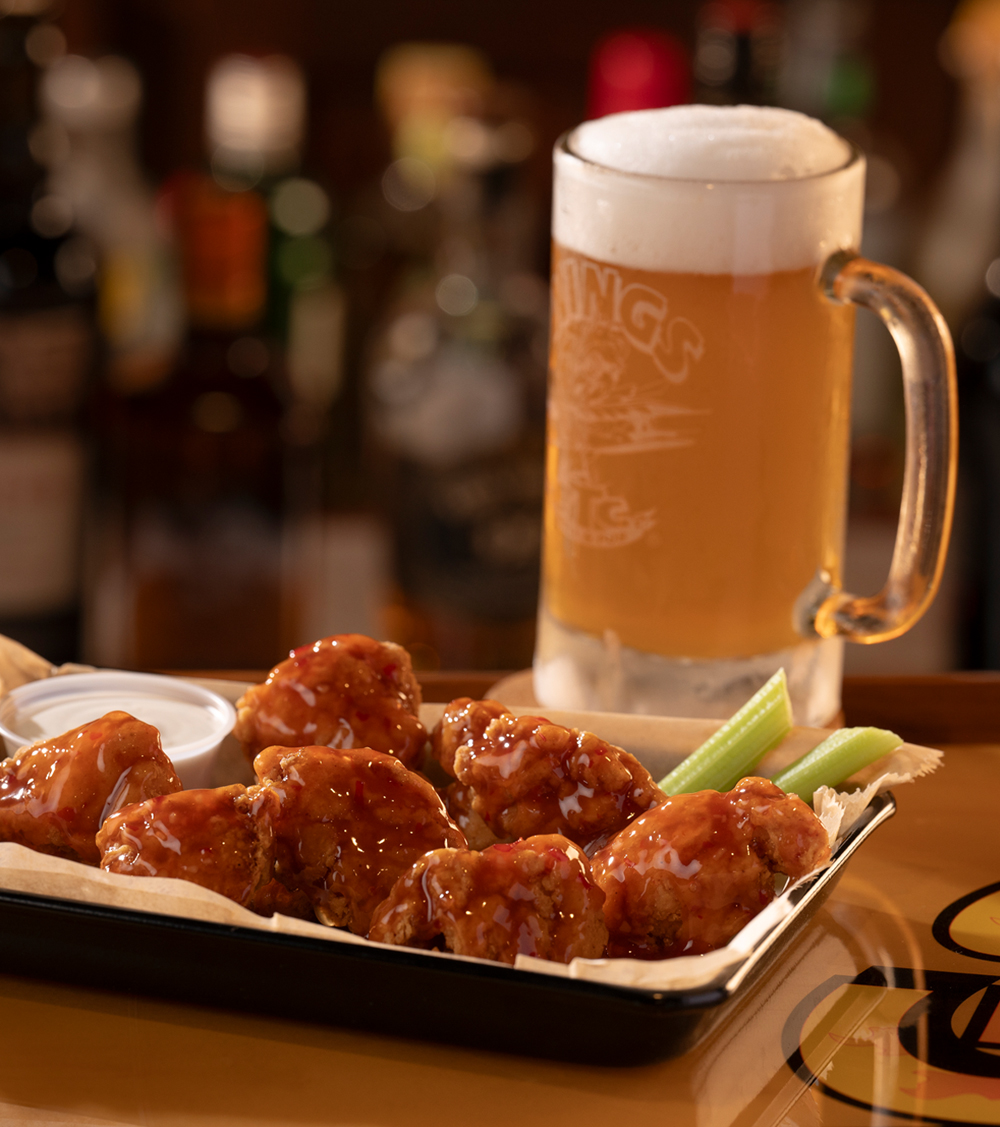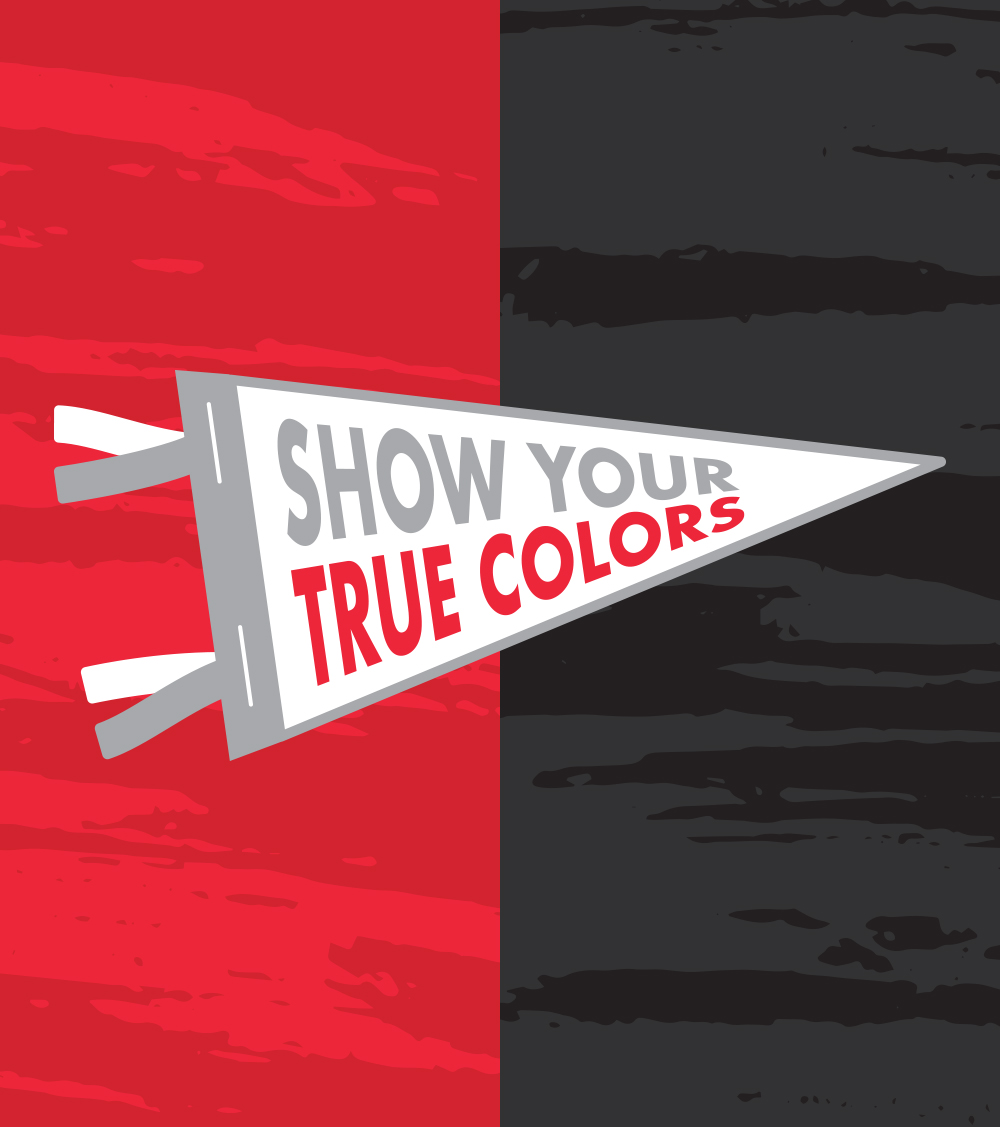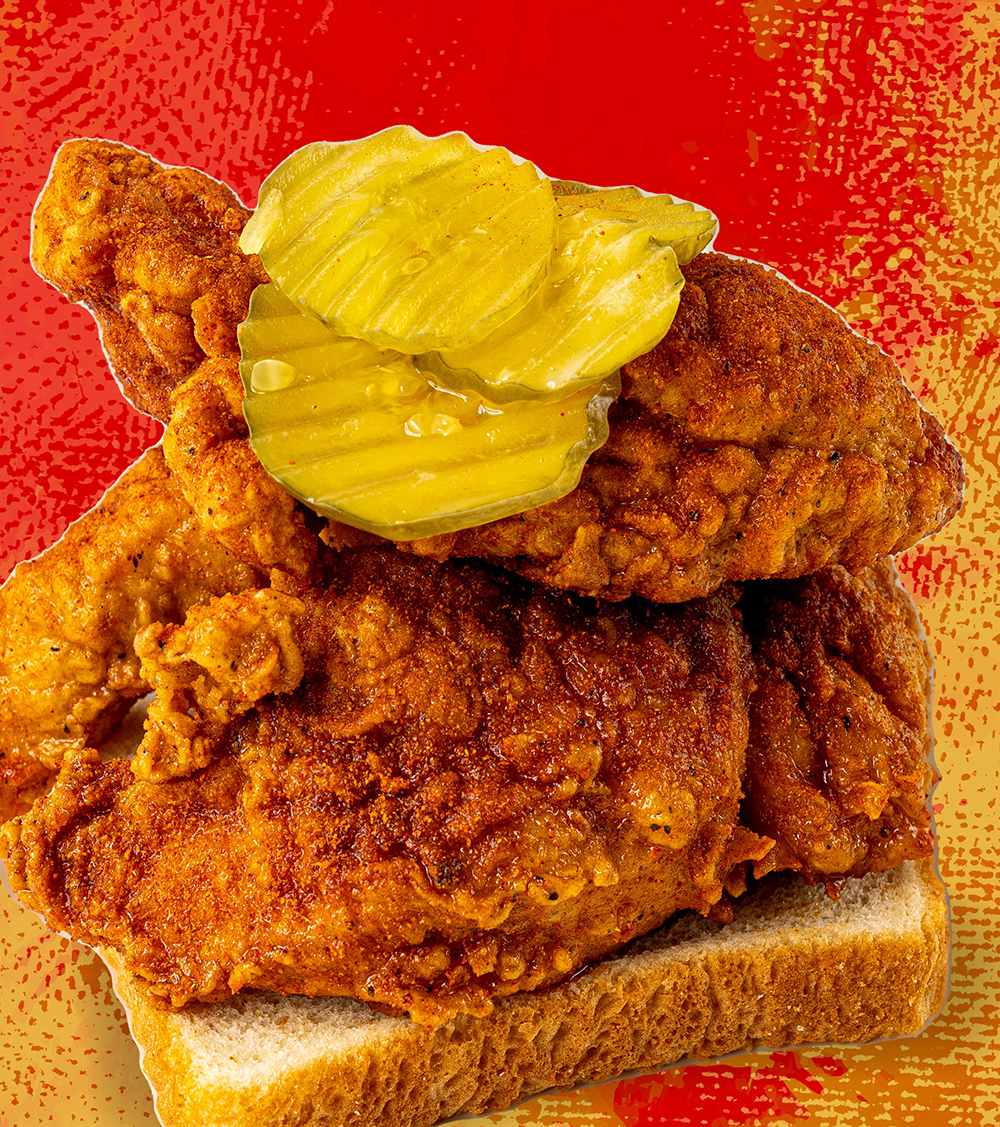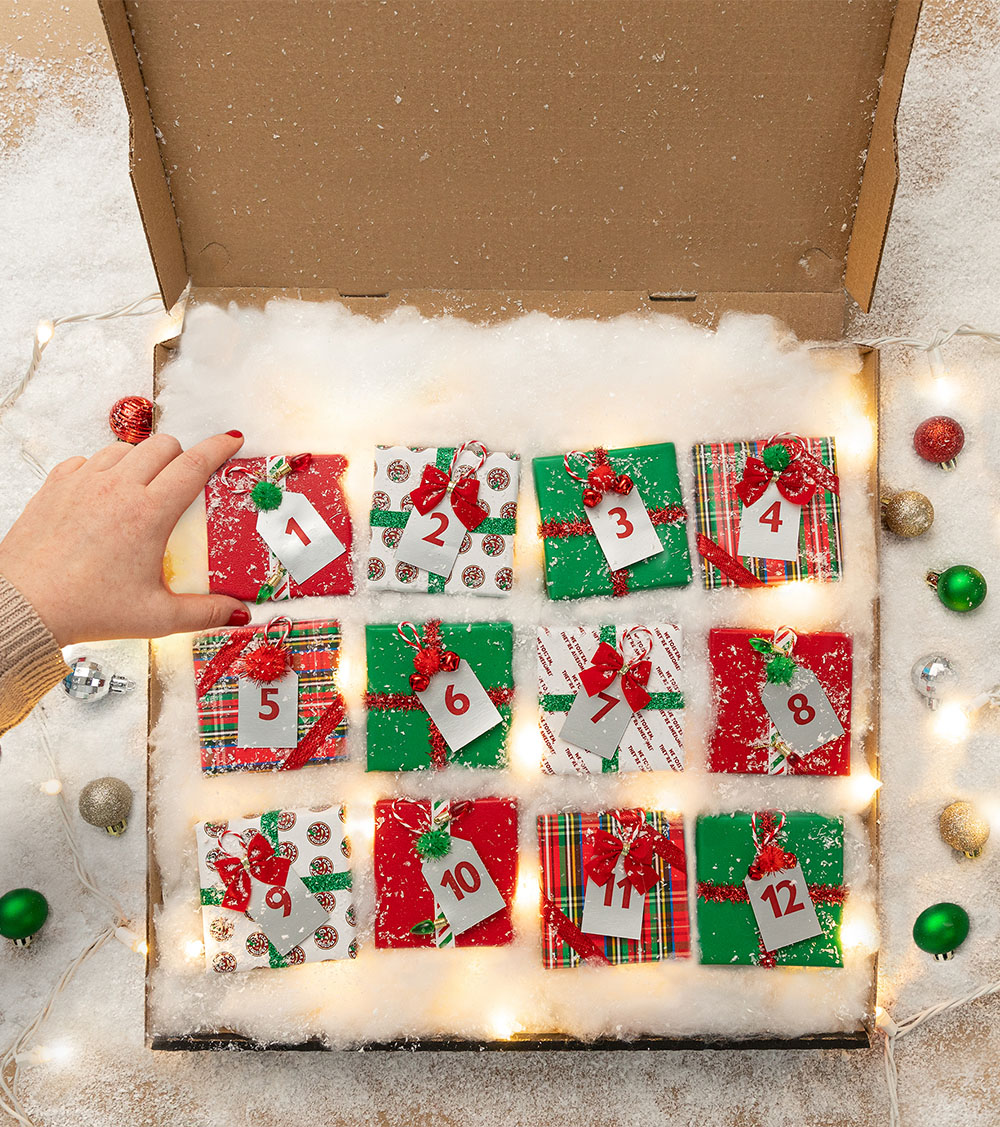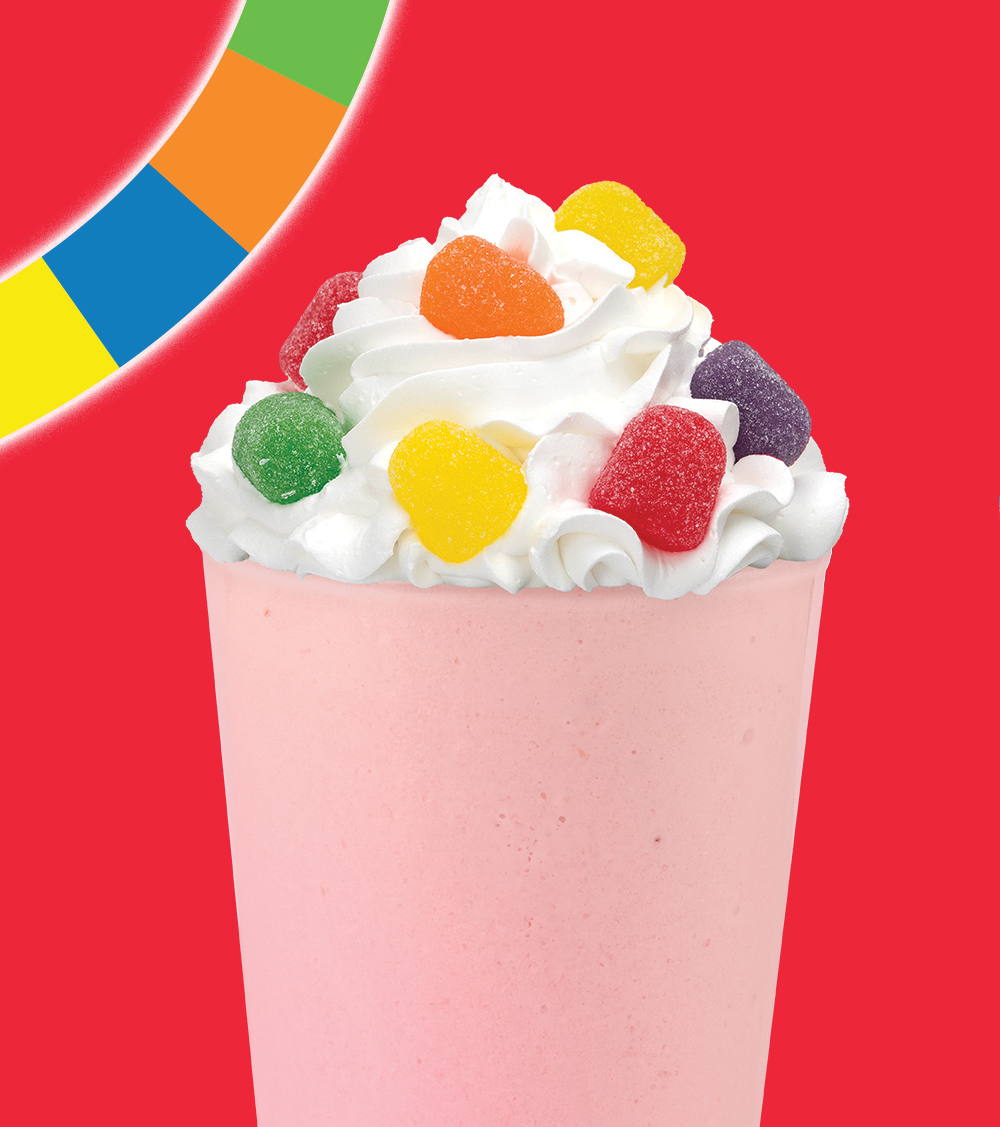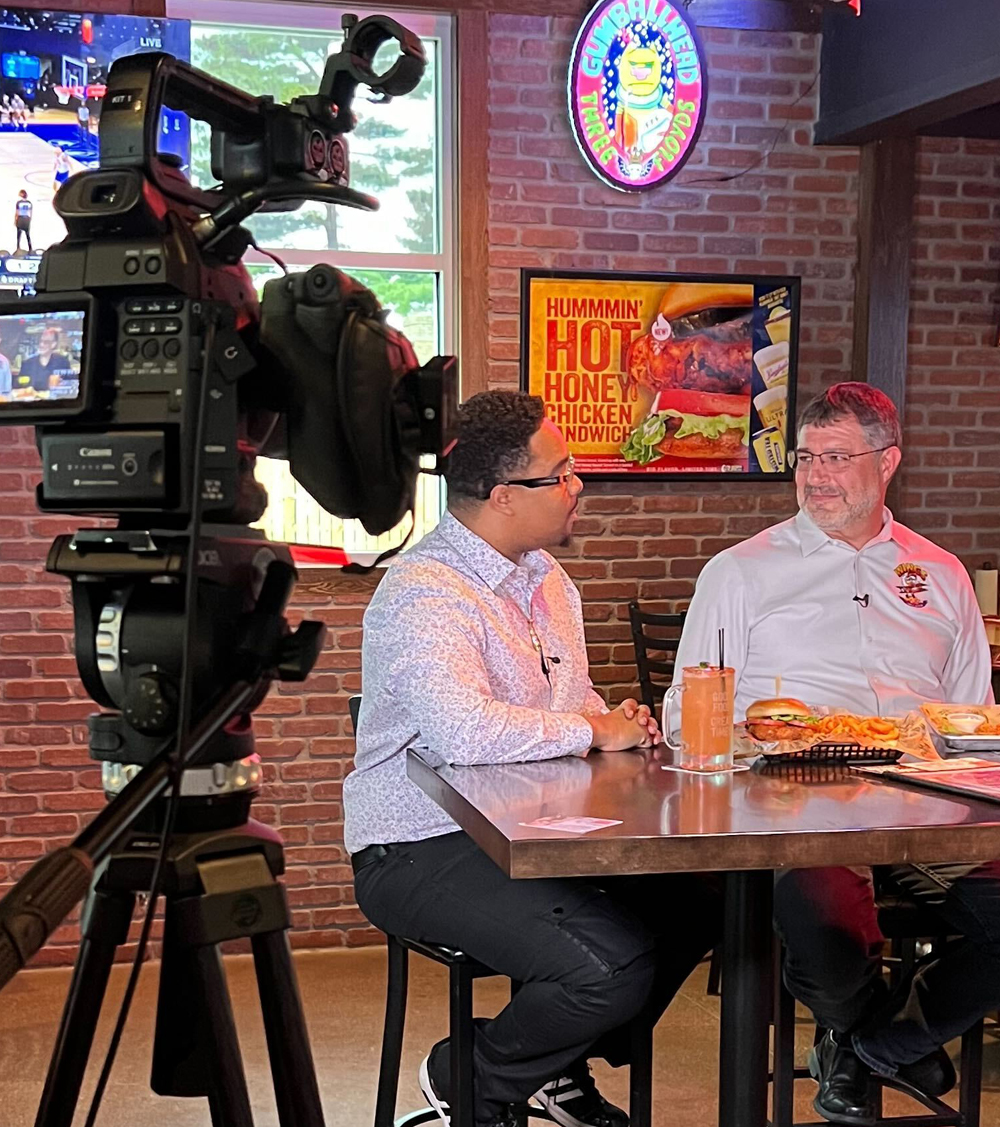Let’s be honest—how many videos have you watched today? No judgment. We’re all in the same boat. Reels, TikToks, Shorts...
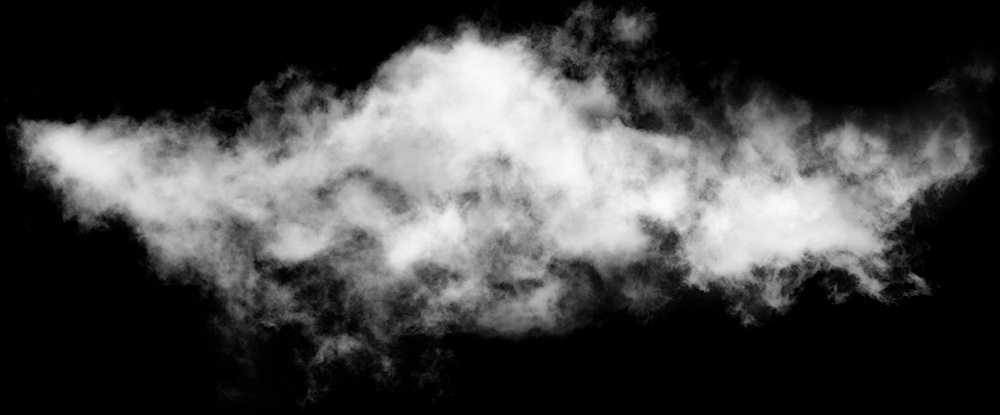
What we think
Get a taste of our secret sauce.
Culture isn’t something written on a wall — it’s something you feel the moment you walk through our doors or jump on a call with our team.
The A-Team headed southwest to attend the Restaurant Leadership Conference and join industry leaders from across the country.
While there are challenges to franchise marketing, there are also strategies to conquer the challenges of running a successful franchise.
Asher helped Wings Etc. celebrate 30 years with a Public Relations, Digital & Traditional Media Strategy that boosted traffic and sales.
Asher Agency (KMBlu LLC) is honored to now be able to offer its clients and partners a mutually beneficial and rewarding benefit.
Discover how Asher's creative services powered a bold digital media campaign that helped Scooter's Coffee stand out and build loyalty.
Food photography goes beyond aesthetics—it shapes our perception of taste, creates emotional connections, and triggers cravings.
Asher helped Crimson Coward launch on the East Coast with bold public relations, digital media, and social media that drove buzz and foot traffic.
We’re diving into 2025 with predictions about AI’s influence on marketing and beyond, helping our clients navigate these emerging trends.
This year has been nothing short of extraordinary, filled with growth, innovation, and the relentless pursuit of excellence.
Asher helped Pizza Factory boost engagement and grow its following with a fresh organic social media strategy.
It’s important to be aware of the political landscape as we offer the best possible integrated marketing communications for our clients.
One common thread has been consistent throughout Asher's 50-year history: our laser focus on client service.
Asher partnered with Scooter’s Coffee to launch a national traditional media campaign with billboards promoting their Candy Land® LTO.
What is all this recent "WordPress drama", and what does it mean for Asher and our clients?
Did you know websites are covered under the Americans with Disabilities Act (ADA), and must meet specific criteria to be compliant?
How can we push ourselves to get creative to find solutions to the different problems we face in our every day lives?
In the current fast-paced, data-driven, business world, highlighting the people side of your business can help set it apart.
In our digital world today, video has emerged as a pivotal tool in marketing and advertising.
The marketing landscape is in the midst of a transformative era, driven by the advent of artificial intelligence.
Asher is proud to partner in the distribution of news, facilitating media interviews, and amplifying the results for The Fitness Index.
Learn how Asher helped Wings Etc. elevate its brand with strategic public relations and social media to boost visibility and attract franchisees.
An apt metaphor for Asher’s 50th anniversary, all the things our team has accomplished and the people who have made it all possible.
Page 1




